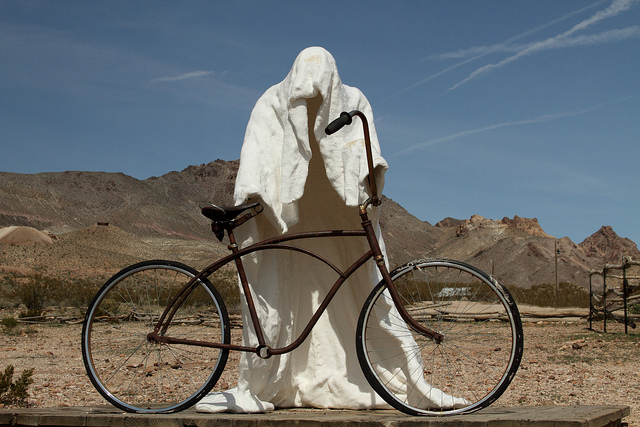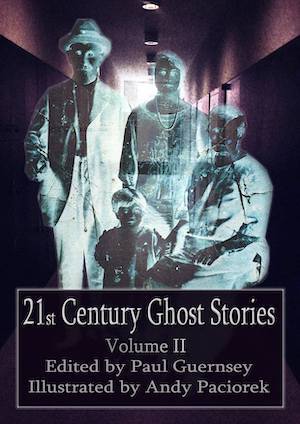
Image: Gabriel Millos
Write In Scene For Excitement
Most successful short stories contain a blend of scene and summary. Both have their uses—and although each story is different and there’s no precise formula, it’s important to get the balance right.
Summary is just what you think it is—a summing up of an individual event or ongoing situation. Writers use summary when they want to provide their reader with information, but don’t want to slow the story down by going into a lot of detail: “Every day as she walked home from school, June quickened her pace as she passed the house where the Mean Girls lived. One day she found Edie, the oldest of the Mean Girls, blocking the sidewalk ahead of her. A moment later she saw the other two Mean Girls emerge from the house and walk toward her. After a moment’s hesitation, June had turned, and run.”
By contrast, a scene might go more like this: “One day as June approached the house where the Mean Girls lived, she bunched her fists and quickened her pace the way she always did. Until now, she’d invariably made it past unchallenged—but this time she saw a warning flash of red behind the lilac bush that grew next to the Mean Girls’ driveway. Instinctively she slowed down just before Edie, the oldest of the Mean Girls, stepped before her onto the sidewalk, her baggy red gym shorts flapping like wings in the stiff breeze.
“Hi, June,” Edie said without smiling. “How come you never play with us? Don’t you like us?”
“No, I like . . . I have piano lessons. After school. Every day.”
“Too good for us, maybe? You and your delicate little piano fingers?”
Just then the screen door to the Mean Girls’ house banged open, and the other two Mean Girls stepped out one after the other and headed directly toward her across the windblown lawn. Their bare feet made a hissing sound as they kicked their way through the weeds and the tall, uncut grass. One of them—Ida, the youngest and skinniest Mean Girl—stopped for a moment to pick up a rock. June glanced at Edie’s narrowed eyes, then she ground her heels against the concrete as she turned and went sprinting back toward the school.”
As you can see, scene generally involves actions that are happening right now, or that happened once in the past. It’s usually more detailed than summary, and it often contains dialogue, which summary usually does not.
Most writers will mix scene and summary, sometimes in the same paragraph. And while many successful stories have been written almost entirely in scene, it’s very difficult to get readers to sit through a story that’s done almost entirely in summary. Scene is more immediate, more alive, and therefore more exciting. Summary is more informational. In a well constructed story, scene and summary work harmoniously to move a story forward; ideally, summary builds a platform of background from which the writer can then launch a number of interesting scenes.
Don’t avoid using either scene or summary—just be aware of which you’re using, and why.

